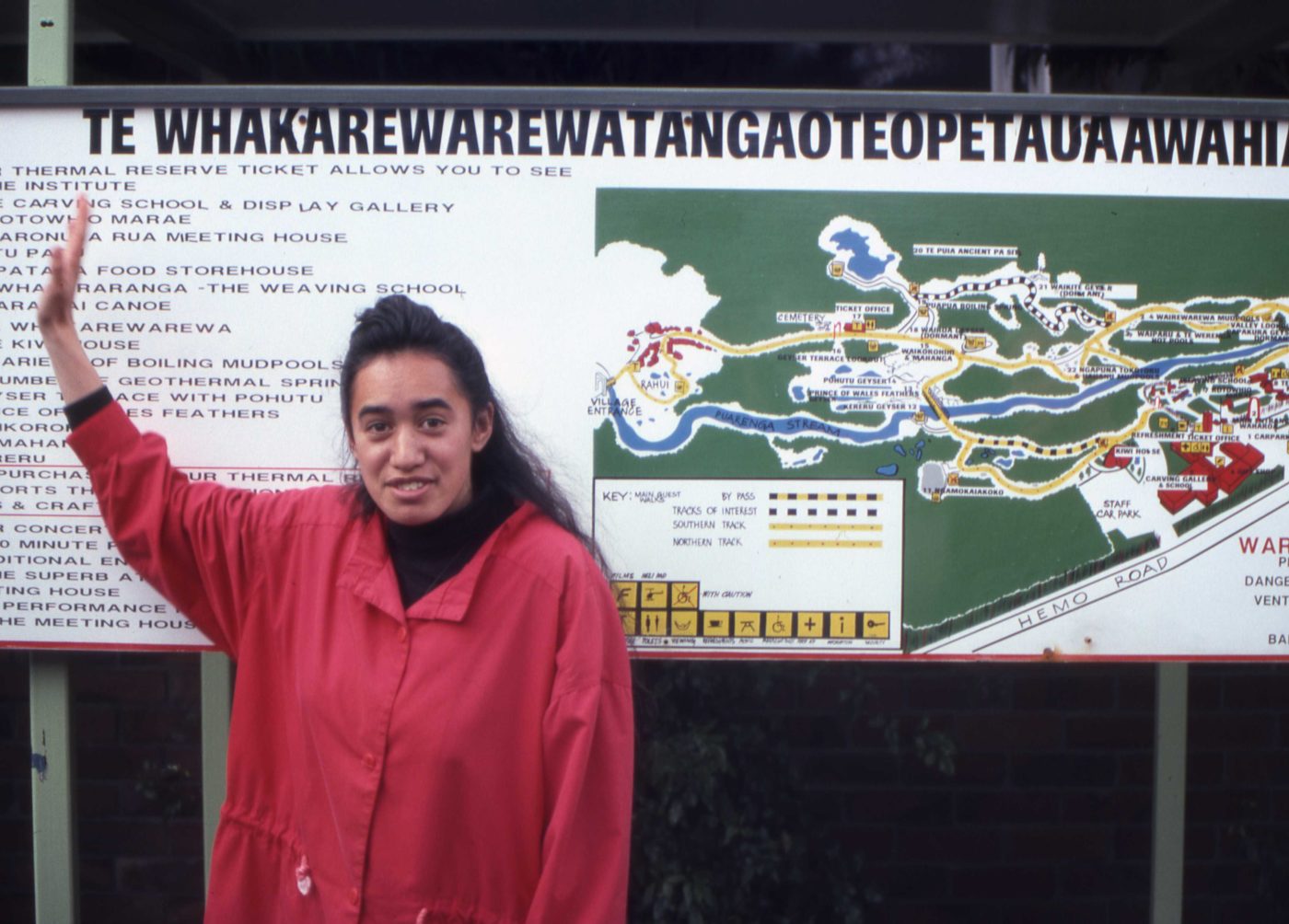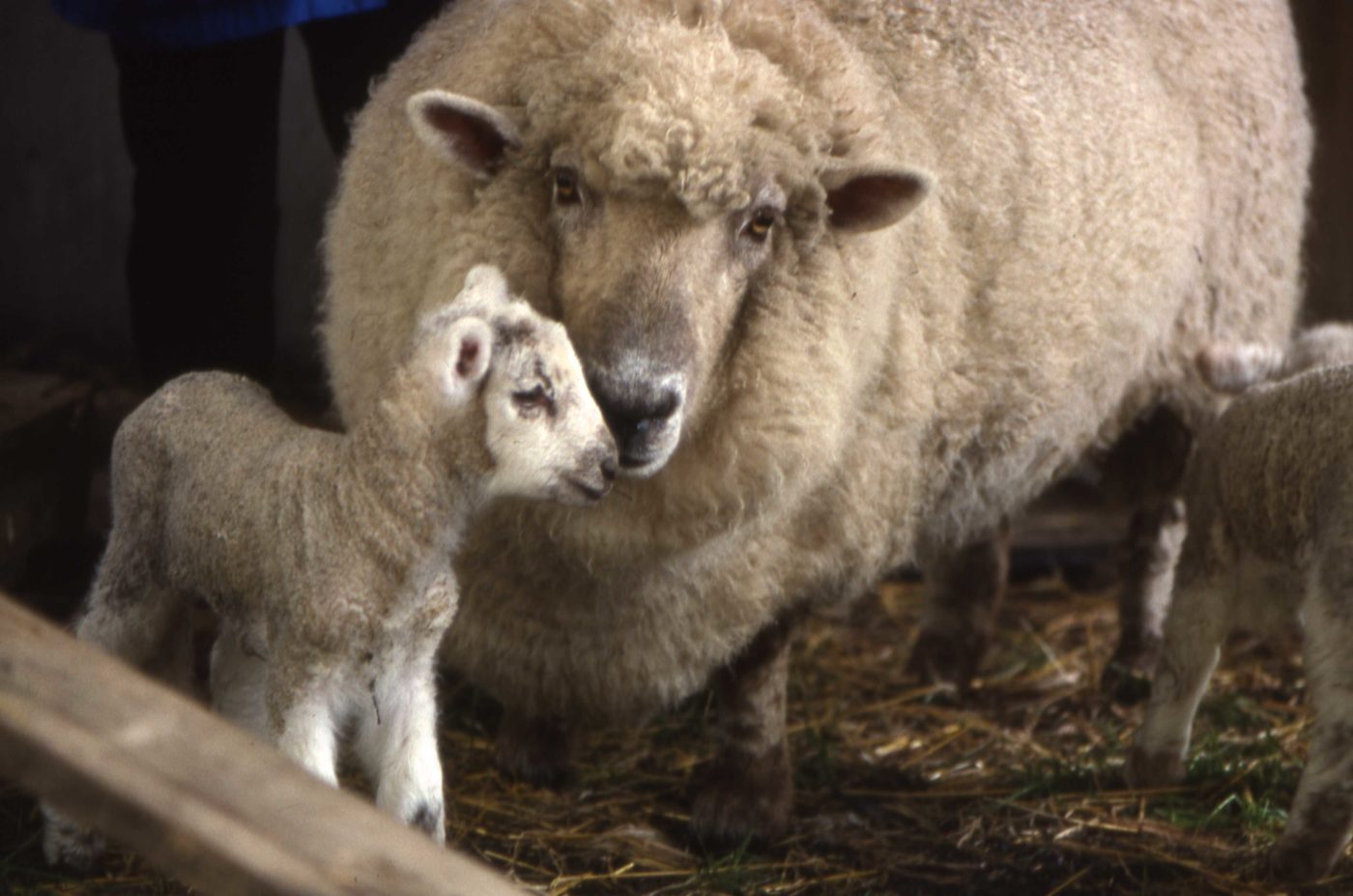I love New Zealand. It is one of the perfect cruise destinations in the world.
The natural history and geologic formation of New Zealand is just as fascinating as that of Australia, but for very different reasons. Australia is a full-fledged continent that began as a landmass and grew to be the center of its continental plate. In contrast, New Zealand is part of a smaller continental fragment that separated from Australia some 65-80 million years ago, as the southern supercontinent, Gondwana, was breaking up.

The best explanation we could find of the fate of “Zealandia” is the Wikipedia website at this address: http://en.wikipedia.org/wiki/Zealandia_(continent). The images and maps really help. The fragment, known as “Zealandia”, drifted east of Australia and sank, straddling the boundary where the India-Australia tectonic plate meets the Pacific plate. Then, two things happened. The India-Australia plate moved northeastward, crunching against the Pacific plate and causing the South Island western coast to rise as a spine of mountains, as high as Mt Cook, 12,316 ft. Additionally, the Pacific plate began to subduct beneath the North Island, causing major volcanoes to form on the Island.
And we mean “major” volcanoes. The North Island has three evident volcanos, Ruapehu, Ngauruhoe, and Tongariro, and a stealth caldera, Lake Taupo. Taupo is actually the site of the most recent “supervolcanic eruption” in the earth’s history, 26,500 years ago. It is estimated that over 1,100 cubic kilometers of ash was ejected. The lake is surrounded by thermal vents and is over 50 degrees in temperature. Many of the thermal areas are spiritual sites for the Maori.
The islands of New Zealand are probably further south than you might imagine without checking a map.
When the Polynesians left Asia and began to populate the islands of the Pacific, New Zealand was the last place they found. Somewhere in the 1250-1300 CE range, the first boats arrived. This was at least 100 years after they arrived in Hawaii. (A Traveller’s History of New Zealand and the South Pacific Islands (Traveller’s Histories Series)) The legend has it that the first indications of land in the trackless ocean, as seen by the first Maori voyager chieftain, Kupe, were the clouds, leading to the name Aotearoa, “Land of the Long White Cloud”.

The Maori culture is derived from the related Polynesian cultures sprinkled around the Pacific islands. There is a reverence for the earth and its powerful forces. Those with an interest to know more should start with <Tikanga Whakaaro: Key Concepts in Maori Culture.
Travel adventurer Richard Bangs has collected Maori wisdom for better stewardship of our planet in The Quest for Kaitiakitanga: The Ancient Maori Secret from New Zealand that Could Save the Earth (Adventures with Purpose). For an interesting take on the changes in Maori culture in the modern day, seen through the eyes of a Maori elder, pick up: Through the Eye of the Needle: A Maori Elder Remembers (Case Studies in Cultural Anthropology)
.
For a contemporary presentation of the differences between Maori and American culture, try Come on Shore and We Will Kill and Eat You All: A New Zealand Story
As with Australia, the first European to find New Zealand, Abel Tasman, was Dutch, in 1642. Nothing came of that as the Maori basically chased them off. The inexhaustible Englishman, James Cook, thoroughly charted the islands for several months from late 1769 to mid-1770. Traders and whalers came by for several decades before the possibility of a French settlement caused the Maori to actually invite the British in to provide some protection.
The Treaty of Waitanga was signed in 1840 and the colony was born. That, of course, led to the inevitable land ownership squabbles, some of which are still being contested. The Islands were anointed a self-governing “Dominion” of the British Empire in 1907, and, ultimately, a “Commonwealth” in 1947. Elizabeth II is Queen of New Zealand. (New Zealand History, by Keith Sinclair)

New Zealand is a beautiful place with friendly people. It’s even a nuclear-free zone. They raise copious amounts of sheep and deer for export. There is definitely a devil-may-care attitude that is reflected in Kiwi pastimes like bungy-jumping and jetboat river trips.
Sailing is a major sport. The New Zealand team is the current (2017) defender of the America’s Cup, with previous victories in 1995 and 2000.
Auckland is a major international city, where Wellington is much smaller and oriented to the government. Prior to the severe 2009 earthquake, Christchurch was a delightful and very charming British town. It is still rebuilding from some of the damage. Two entertaining looks at contemporary living in New Zealand include: Living and Working in New Zealand: A Survival Handbook (Living & Working in New Zealand), and the humorous Straying from the Flock: Travels in New Zealand
.
The southern latitudes of New Zealand correspond to the northern latitudes of the West Coast of the US. That makes it climatically simpatico for growing grapes and making wine. They’re getting pretty good at it. You may wish to include some wineries in your travels. (Wine Atlas of New Zealand: 2nd Edition).




